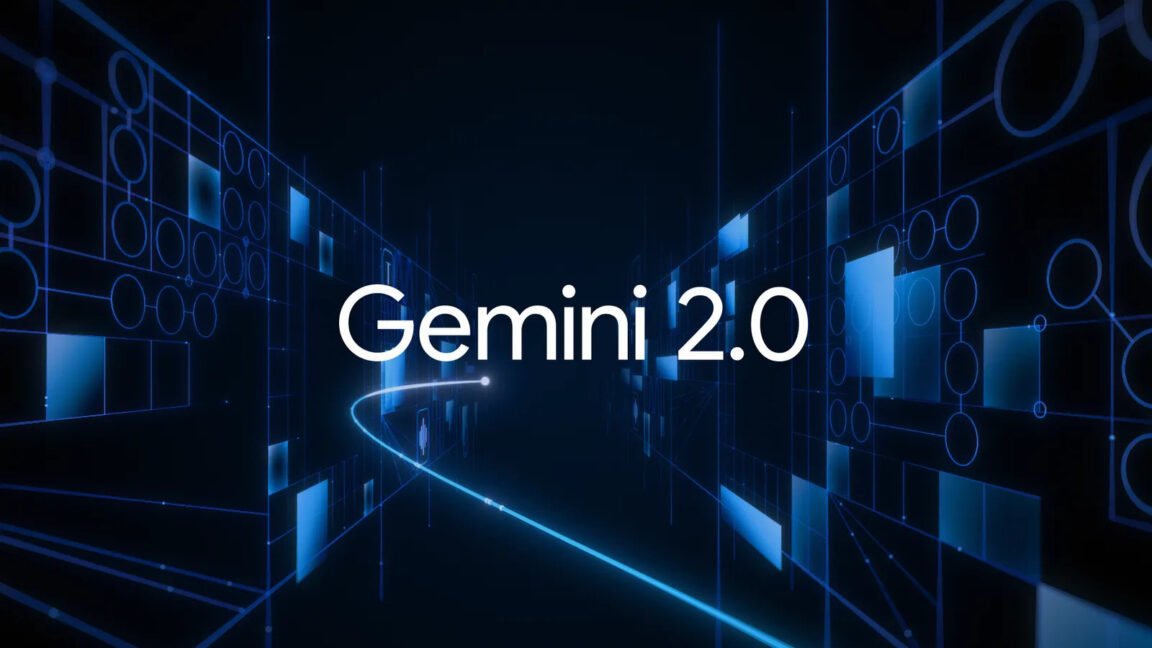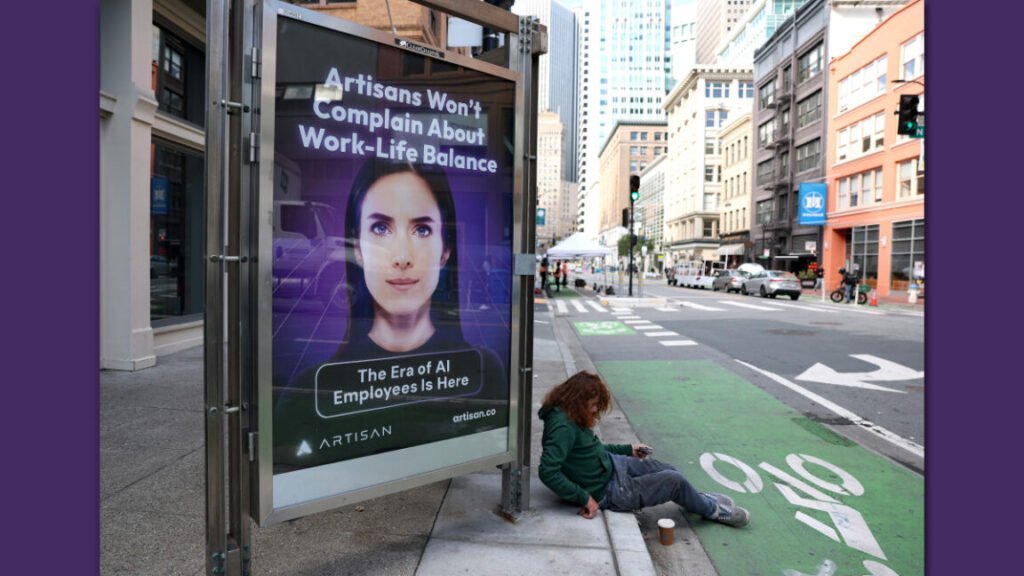So even though o1 is out, AI industry watchers should note how this model’s impending launch was played up in the press as a dangerous advancement while not being publicly downplayed by OpenAI. For an AI model that takes 108 seconds to solve eight clues in a crossword puzzle and hallucinates one answer, we can say that its potential danger was likely hype (for now).
Controversy over “reasoning” terminology
It’s no secret that some people in tech have issues with anthropomorphizing AI models and using terms like “thinking” or “reasoning” to describe the synthesizing and processing operations that these neural network systems perform.
Just after the OpenAI o1 announcement, Hugging Face CEO Clement Delangue wrote, “Once again, an AI system is not ‘thinking,’ it’s ‘processing,’ ‘running predictions,’… just like Google or computers do. Giving the false impression that technology systems are human is just cheap snake oil and marketing to fool you into thinking it’s more clever than it is.”
“Reasoning” is also a somewhat nebulous term since, even in humans, it’s difficult to define exactly what the term means. A few hours before the announcement, independent AI researcher Simon Willison tweeted in response to a Bloomberg story about Strawberry, “I still have trouble defining ‘reasoning’ in terms of LLM capabilities. I’d be interested in finding a prompt which fails on current models but succeeds on strawberry that helps demonstrate the meaning of that term.”
Reasoning or not, o1-preview currently lacks some features present in earlier models, such as web browsing, image generation, and file uploading. OpenAI plans to add these capabilities in future updates, along with continued development of both the o1 and GPT model series.
While OpenAI says the o1-preview and o1-mini models are rolling out today, neither model is available in our ChatGPT Plus interface yet, so we have not been able to evaluate them. We’ll report our impressions on how this model differs from other LLMs we have previously covered.




